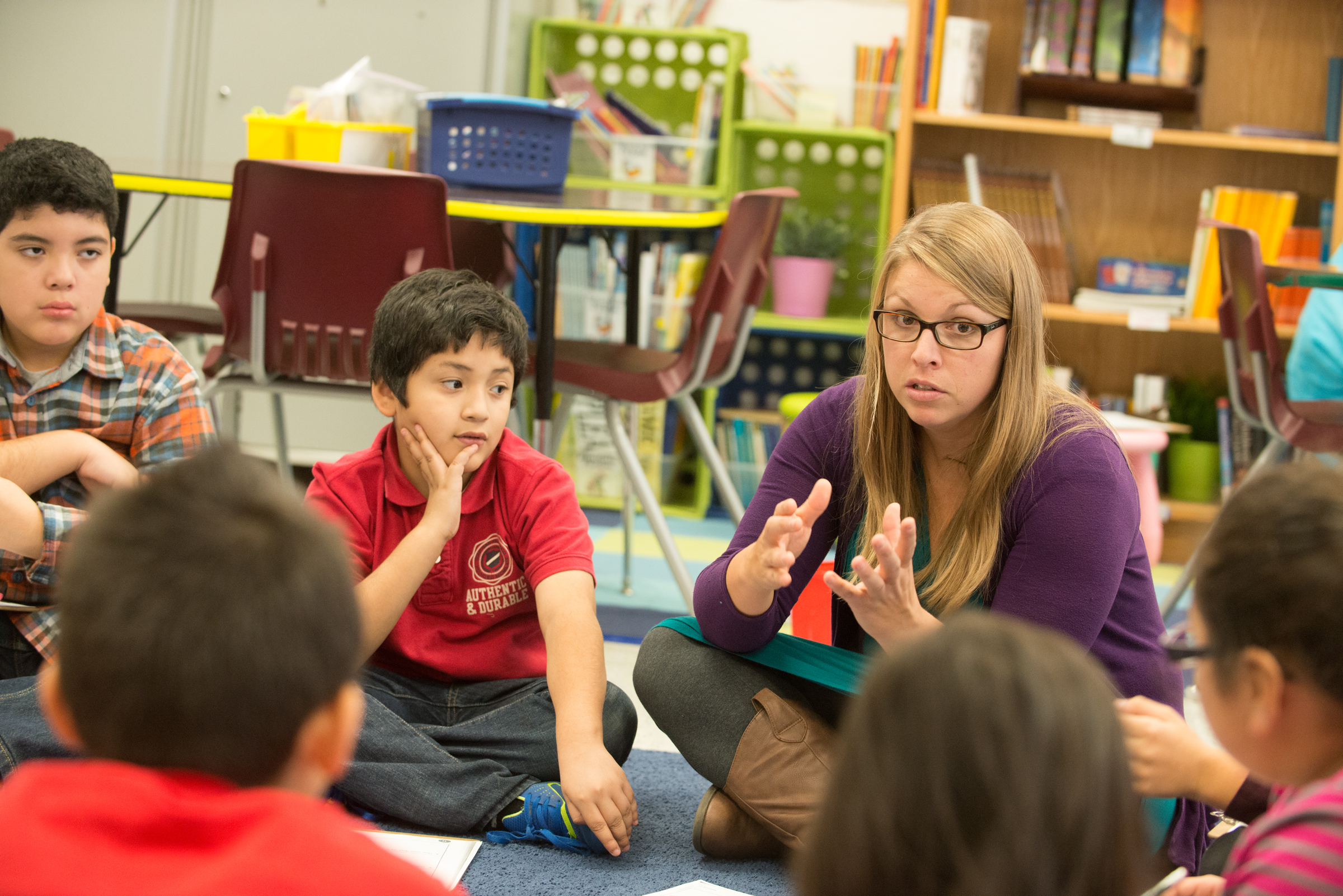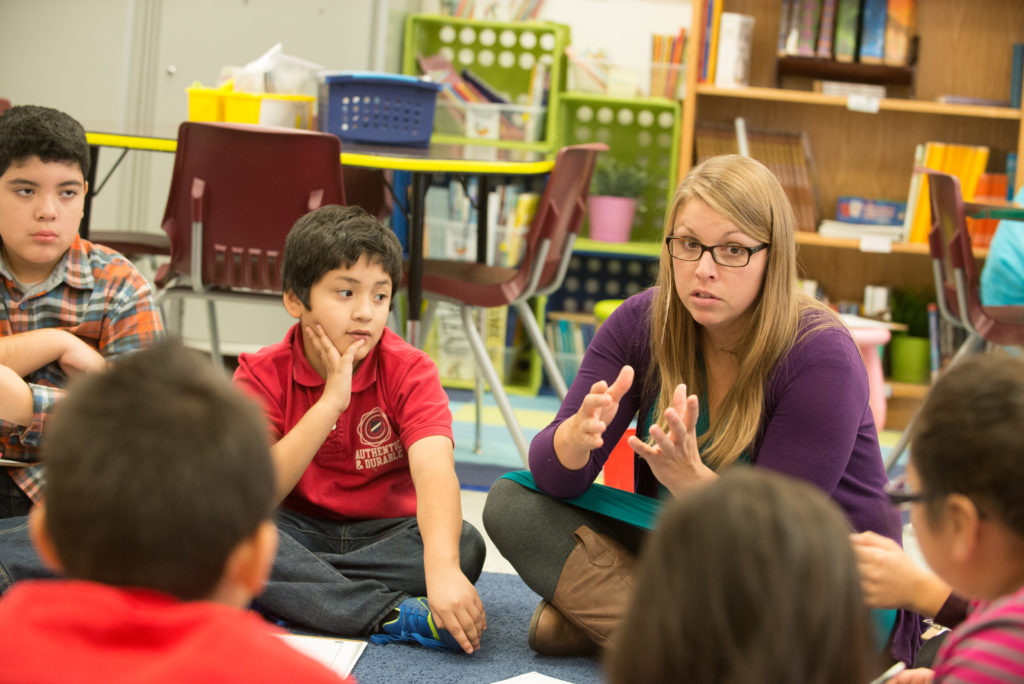Speaking Up

 It’s a lot easier to stop a small mean comment than it is to stop full blown bullying. Nonetheless, in the moment, when you hear children (or adults!) say mean things to one another, it can be challenging to figure out how to step in. Recently Teaching Tolerance has been exploring this topic. In a recent survey of readers, they asked educators if they intervene to stop mean comments when they hear them at school. Sixty percent of those who responded said that they do intervene when they hear students use words that can hurt others.
It’s a lot easier to stop a small mean comment than it is to stop full blown bullying. Nonetheless, in the moment, when you hear children (or adults!) say mean things to one another, it can be challenging to figure out how to step in. Recently Teaching Tolerance has been exploring this topic. In a recent survey of readers, they asked educators if they intervene to stop mean comments when they hear them at school. Sixty percent of those who responded said that they do intervene when they hear students use words that can hurt others.
What I thought was really terrific, though, was that Teaching Tolerance didn’t just gather the information or tell people what to do—they’ve also developed free resources to help educators improve our skills at responding to hurtful comments. Their publication Speak Up at School (downloadable at http://www.tolerance.org/speak-up-at-school) includes tips you can use to prepare ahead of time by planning what to say and practicing using those phrases with a respectful, firm, calm tone. They even provide a little fold-up pocket guide to refer to as needed in the moment.
Another thing the Teaching Tolerance poll uncovered was the fact that while a majority of educators said they speak up about children’s meanness, they behave differently towards adults. Only 20% of the respondents said they speak up when they hear a colleague say something that could be hurtful to others.
While this is not terribly surprising, it is concerning. Children model our behavior. They do what we do, not what we tell them to do. While adults in school make mean comments about children and about each other, children are listening and learning. Speak Up at School includes some tips for helping to marginalize hurtful comments made by adults. One important one is to assess the risk of speaking up and think, “Is there someone I trust—a colleague, peer, or mentor—to whom I can speak about this, to help me prepare for the next time this happens?”
What strategies do you use when you hear hurtful comments? Have you learned ways to respond that are both safe and effective? I’d love to hear your thoughts.
How to Bullyproof Your Classroom offers a practical, proactive approach to bullying prevention. Learn how to create a positive classroom environment and how to respond to mean behavior before it escalates into bullying.
“Teacher-friendly from start to finish!” —Martha Hanley, Grafton, MA
Caltha Crowe is a Responsive Classroom consulting teacher with nearly forty years of experience teaching elementary school students and twenty years of experience mentoring new teachers. She is the author of three books: Sammy and His Behavior Problems (NEFC 2010), Solving Thorny Behavior Problems (NEFC 2009), and How to Bullyproof Your Classroom.
Tags: Bullying
